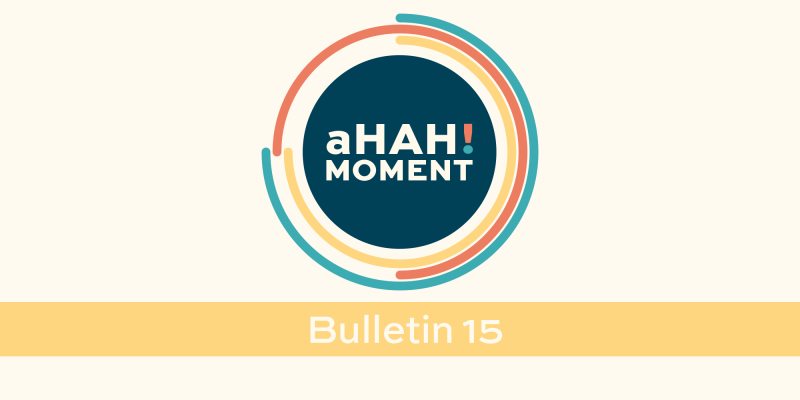In this article, Dr Jim Vause contemplates managing CVD risk, reasons for non-adherence, inequities in CVD treatment, and how to improve communication with patients.
Secondary prevention of CVD

If you would like to view a PDF version of the bulletin, click here.
Secondary prevention of CVD
Every year 30,000–40,000 New Zealanders have an acute coronary or cerebrovascular event, with about one quarter occurring in people with known atherosclerotic cardiovascular disease (CVD).1
The five-year rate of recurrent myocardial infarction, stroke, heart failure or cardiovascular death among patients with known CVD is 20– 30 per cent; about four to five times greater than the rate among moderate and high-risk individuals without known CVD.2 Therefore, the New Zealand Cardiovascular Disease Risk Management Guidelines recommend that people with established CVD (those who have had a CVD event) should have intensive management of their risk factors with diet, lifestyle changes and triple therapy. Triple therapy is a combination of blood pressure-lowering, lipid-lowering and antithrombotic (antiplatelet/anticoagulant) medicines.3
Although triple therapy can reduce the risk of recurrent events by at least 50 per cent over five years4, the He Ako Hiringa EPiC dashboard indicates that only half of people receive all three types of medicines following a CVD event. Combined with low possession rates (only half of those on triple therapy get regular dispensings of all three medicines), this means the effective triple therapy rate is as low as 25 per cent of those with known CVD.1
CVD sits on a continuum from early through to advanced vascular disease. With that in mind the PREDICT researchers developed PREDICT-2˚, a new risk assessment tool for conducting CVD risk assessments on those with established CVD using all available risk factors.5 This allows people identified at very high risk to be prioritised for more intensive secondary prevention management, and is a useful addition for resource stretched practices. Other strategies to help your CVD patients engage with recommended risk minimisation strategies include ensuring prior cardiovascular hospitalisation events are recorded correctly, promoting shared decision-making and co-designing a risk prevention plan.2
CVD triple therapy needs a boost
Approximately 3–4 per cent of all New Zealanders have had a cardiovascular event.1 Due to the high risk of a repeat event within five years, intensive secondary CVD prevention is recommended.2,3
Secondary prevention aims to reduce the probability of recurrent events in patients with known CVD (eg, coronary artery disease, cerebrovascular disease, peripheral vascular disease, heart failure)2. It includes using an antithrombotic and medicines to lower lipids and blood pressure (triple therapy), alongside cardiac rehabilitation with education and lifestyle and behavioural strategies.2
Team-based initiatives may help identify high-risk patients post-CVD event and prioritise them for intensive management.
References
- Data from Ministry of Health national collections (2022) provided by Matui, June 2022. www.matui.co.nz
- Perel P, Avezum A, Huffman M, et al. Reducing premature cardiovascular morbidity and mortality in people with atherosclerotic vascular disease. The WHF roadmap for secondary prevention of cardiovascular disease. Glob Heart 2015;10:99–110.
- Ministry of Health. 2018. Cardiovascular Disease Risk Assessment and Management for Primary Care. Wellington: Ministry of Health.
- Wells S, Poppe KK, Selak V et al. (2018). Is general practice identification of prior cardiovascular disease at the time of CVD risk assessment accurate and does it matter. NZ Med J 2018;131:10–20.
- Poppe KK, Wells S, Jackson R et al. Predicting cardiovascular disease risk across the atherosclerotic disease continuum. European Journal of Preventive Cardiology 2021;28(18): 2010–17.
